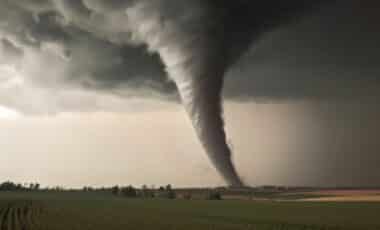A new heat dome is set to blanket much of the United States in the coming days, leaving over 100 million Americans facing triple-digit temperatures. Cities in Texas, Missouri, Nebraska, and Louisiana will be hardest hit as scorching conditions intensify across the central and southern regions of the country.
The heatwave, driven by a powerful high-pressure system, has prompted warnings from authorities, who caution that the ongoing extreme heat could have wide-ranging impacts. With temperatures expected to soar above 100°F (37.8°C), the upcoming days could bring discomfort and disruption to daily life for millions.
Prolonged Heatwave Puts Pressure on Infrastructure
According to the National Weather Service (NWS), the heat dome will trap hot air over large portions of the Midwest and South, resulting in dangerously high temperatures. The phenomenon, which occurs when a high-pressure system lingers over an area, prevents cooler air from entering.
As a result, the heat will intensify and persist for days, with temperatures in some regions not dipping below 80°F (26.7°C) even overnight.
The implications of such extreme heat are wide-reaching. AccuWeather forecasters have warned that cities like Dallas, Kansas City, and St. Louis could face multiple days of 100°F heat, with humidity levels further intensifying the conditions.
These soaring temperatures present a major challenge for public services, particularly construction workers and those in agriculture, who will have to contend with oppressive heat while performing physically demanding tasks.
Furthermore, the heatwave is expected to impact the upcoming academic year, with athletic training camps set to begin across the U.S. The extreme conditions could pose serious risks for athletes in outdoor training, leading to concerns about heatstroke and dehydration.
Regional Relief and the Ongoing Trend of Heatwaves
While the South and Midwest brace for the worst, other parts of the country, particularly the Northeast, will experience a brief respite. A southward dip in the jet stream will bring cool, less humid conditions to cities like New York and Boston.
However, the rest of the summer may still hold its fair share of heatwaves, following the trend seen in June when multiple cities on the East Coast experienced record-breaking temperatures, including Philadelphia and Raleigh, which soared to 104°F and 100°F, respectively.
The persistent nature of these heatwaves is a growing concern for scientists and local governments alike. As global temperatures continue to rise, the frequency and intensity of heat domes are expected to increase. In turn, this will likely lead to more frequent warnings, as communities across the country adapt to these extreme weather events.









